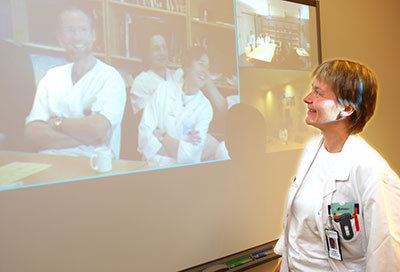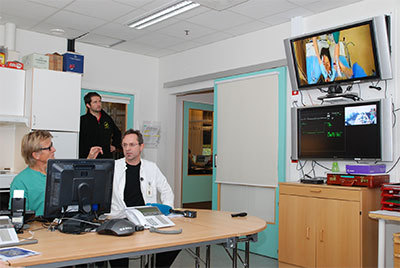Diffmed
The diffusion of telemedicine and eHealth in Norway: a comparative case study
analysis of the successes and failures of application..
Aim
To identify factors that promote and hinder the diffusion of telemedicine, by detailed analysis of a number of case studies. The main question we ask is: how and why do telemedicine/eHealth applications (projects) succeed and fail.
Background
Although the development of telemedicine and eHealth has been a priority in Western health care systems over 20 years, only a limited number of applications have been established as routine operation.
It is now quite clear that technological problems and lack of clinical relevance are not the most important factors slowing down telemedicine and eHealth diffusion. Rather, deeper structural, cultural, and political factors must be scrutinized on our way to a more thorough understanding of (non-) diffusion of telemedicine and eHealth: Hence, a step further lies in a sociological understanding of such applications. The major novelty in this project is the detailed in-depth study of various levels of factors.

Scientific approach
Qualitative sociology. On basis of interview-, observation- and document studies of different telemedicine/ eHealth applications, we will identify relevant factors, as well as develop concepts to understand the challenges.
Two main themes will be pursued in the analysis - A; patient involvement and B; dynamics between professional power, health policy and management. Results from the study will be of major importance for the understanding of how information technology may better support organising, integrating, managing, financing, delivering, and securing high-quality health and care services.
